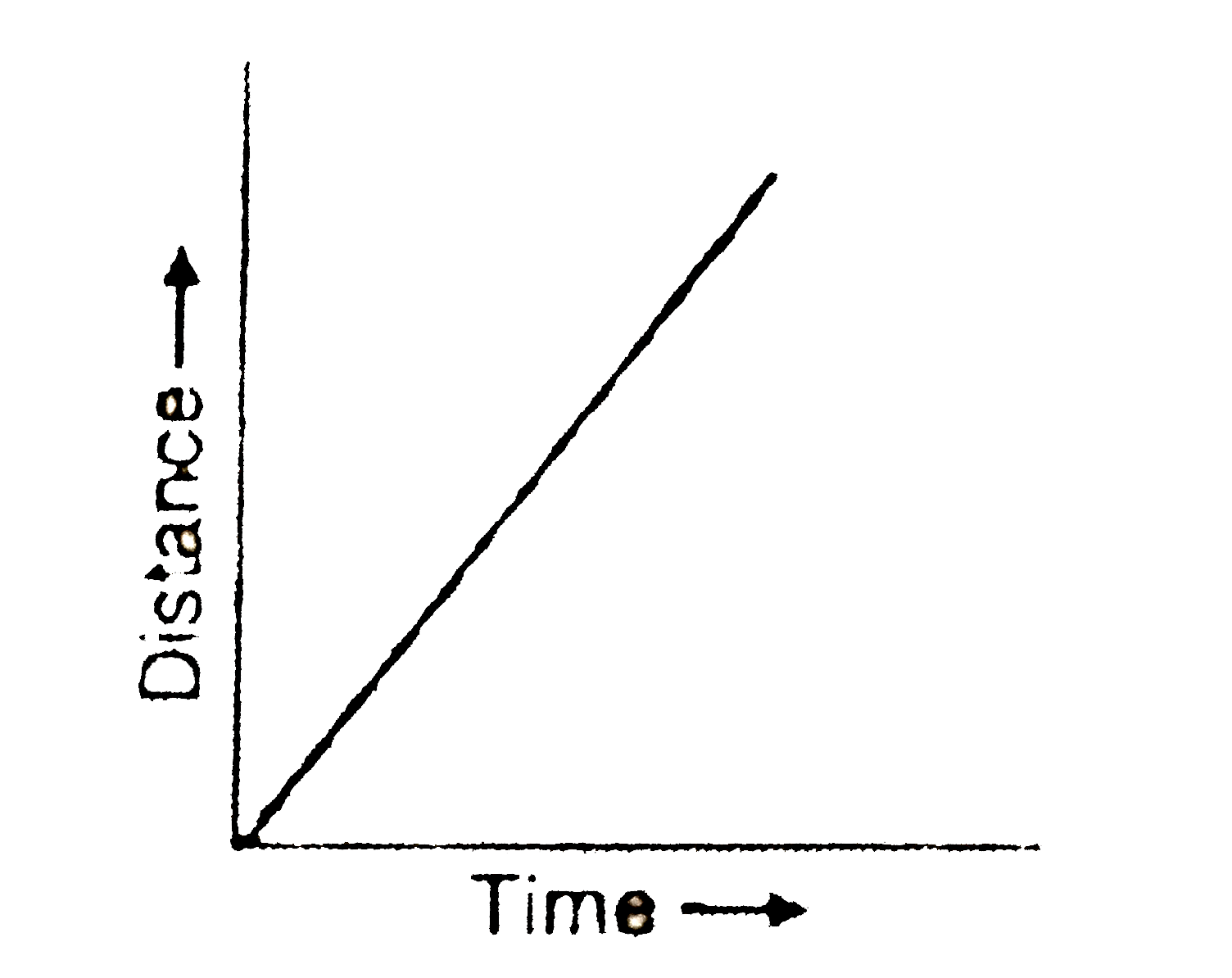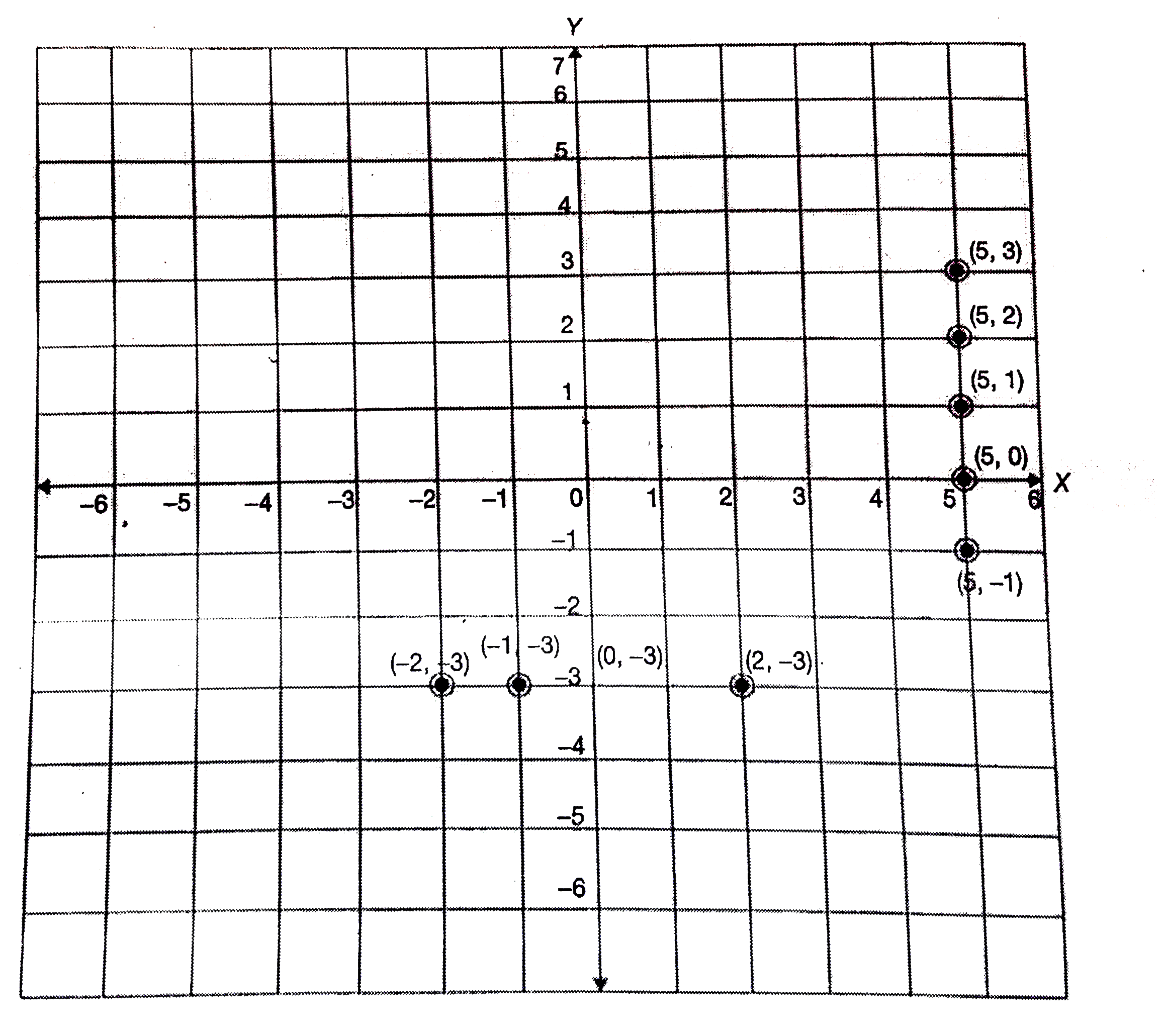The following is the distance-time table of an object in motion:
Time in secondsDistance in metres001128327464512562167343
(a) What conclusion can you draw about the acceleration? Is it constant, increasing, decreasing, or zero?
(b) What do you infer about the forces acting on the object?
(a) We can see from the given time (t) values and the distance (s) values that at time (t) = 0 s, distance (s) = 0 m, and at time (t) =1 s, distance (s) = 1 m.
But, when time (t) = 2 s, then distance (s) = 8 m.
We know that: (2)3=2×2×2=8
Again, when time (t)=3 s, then distance (s)=27 m
So, (3)3=3×3×3=27 and so on.
Thus, from the given distance and time values, we conclude that :
distance∝(time)3
or s∝t3
So, in this question, the 'distance' travelled by the object is proportional to the 'cube of time'. Now:
(i) when the distance travelled is proportional to time (s∝t), then the object has constant velocity (or uniform velocity) and hence acceleration in that case would be zero (This is because s=ut+12at2,so when a = 0, then s = ut or s∝t). But since in this question, s∝t3,so the acceleration in this case cannot be zero).
(ii) when the distance travelled is proportional to the square of time (s∝t2 ), then the object has constant acceleration (This is because s=ut+12at2, that is, s∝t2). But since in this question, s∝t3, so the acceleration in this case cannot be constant.
(iii) The data given in this question shows that the distance travelled is proportional to the cube of time (s∝t3),therefore, the conclusion drawn is that the acceleration is increasing uniformly with time.
We know that Force mass × acceleration or F = m × a. In other words F ∝ a or acceleration is proportional to the force applied. Now, since the acceleration of the object in this case is increasing uniformly with time, therefore, the forces acting on the object must also be increasing uniformly with time.
Topper's Solved these Questions
Similar Questions
The following is the distance-time table of an object in motion:
Time in secondsDistance in metres001128327464512562167343
(a) What conclusion can you draw about the acceleration? Is it constant, increasing, decreasing, or zero?
(b) What do you infer about the forces acting on the object?
View SolutionWhat conclusion can you draw about the speed of a body from the following distance-time graph ?

View Solution
Knowledge Check
The freezing point depression of 0.1 molal solution of acetic acid in benzene is 0.256 K , Kf for benzene is 5.12 K Kg mol−1. What conclusion can you draw about the molecular state of acetic acid in benzence ?
AAcetic acid is doubly associatedBBenzene is doubly associatedCBoth are equally associatedDNone of the above.
The distances travelled by a car at various time intervals are as follows :
What conclusion do you get from this graph about the nature of motion of the car ?

View SolutionWhat can you say about the motion of an object whose distance-time graph is a straight line parallel to the time axis ?
View SolutionPlot the following points on the coordinate plane. What do you observe ?
(a) (−2,−3),(−1,−3),(0,−3),(2,−3)
(b) (5,3),(5,2),(5,1),(5,0),(5,−1)

View SolutionThe freezing point depression of 0.1 molal solution of acetic acid in benzene is 0.256 K , Kf for benzene is 5.12 K Kg mol−1. What conclusion can you draw about the molecular state of acetic acid in benzence ?
View SolutionWhat can you say about the motion of an object whose distance-time graph is a straight line parallel to the time axis ?
View SolutionThe freezing point depression of 0.1 molal NaCl solution is 0.372 K. What conclusion can you draw about the molecular state of NaCl in water. Kf of water = 1.86 k/m.
View Solution(15)5×(15)19=(15)8x
Try to find the value of x given in the question by changing 15 to 32. What difference do you find the value of x? What do you infer from your answer?
View Solution
